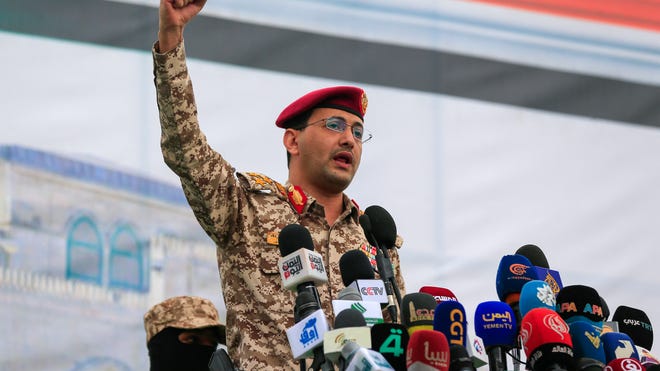Iran — led by its hard-line supreme leader, Ayatollah Ali Khamenei — is almost certain to retaliate following the recent unprecedented U.S. military strikes on three of its suspected nuclear sites.
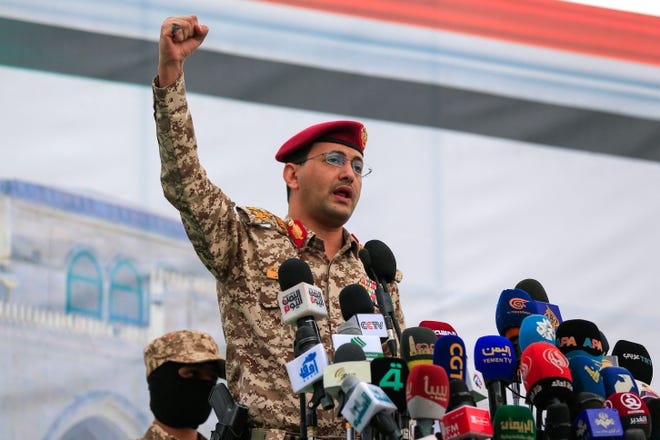
However, if past patterns hold true, experts warn that Iran’s response could come at any time, in any location, and take any form, according to former U.S. intelligence and diplomatic officials.
“Missiles, militias, and hostage-taking — those are the usual tools in Iran’s playbook,” said Brett McGurk, the Biden administration’s Middle East coordinator, during a CNN interview on June 21. “I expect Iran will feel compelled to respond in some way.
Like many others concerned about Iran’s next move, McGurk admitted he has no clear sense of what the Islamic regime plans to do next.
This uncertainty is heightened by former President Donald Trump’s warning that any act of retaliation will be met with overwhelming force—stronger even than the strikes he claims destroyed uranium enrichment facilities at Fordow, Natanz, and Isfahan.
If peace does not come soon, we will move swiftly and precisely against additional targets,” President Trump said in a national address late on June 21. “Most of them can be neutralized within minutes.”
In a morning briefing on June 22, Defense Secretary Pete Hegseth expressed hope that the surprise attack’s scale would deter Tehran’s leadership from retaliating. “We believe this will have a significant psychological effect on their strategic thinking,” Hegseth said. “Our hope is that they choose the path of negotiated peace.”
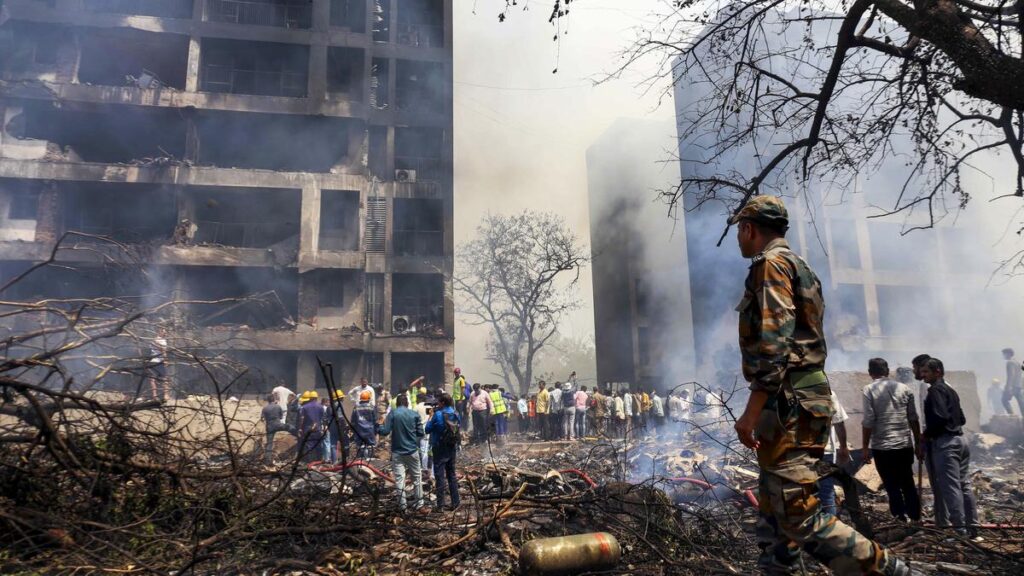
Former National Security Adviser John Bolton told USA TODAY that Iran might retaliate, but he believes such actions could deepen internal divisions within the regime and potentially lead to its collapse.
“At the moment, Iran is facing a highly capable military opponent—Israel—which has been effectively targeting both Iran and its terrorist proxies,” Bolton said, referring to Israel’s strikes on suspected nuclear facilities. “Does Iran really want to add the United States as a second active military adversary? Some of Iran’s senior clerics and military leaders may not be willing to embrace that level of risk—they may not be suicidal.
Javed Ali, a former senior U.S. counterterrorism official, noted that while a forceful Iranian retaliation is “possible,” it would carry significant risks. He emphasized that the current circumstances differ greatly from those in January 2020, when the U.S. and Iran last exchanged direct attacks. At that time, following the Trump administration’s targeted killing of Iranian military commander Qasem Soleimani, Iran’s Islamic Revolutionary Guard Corps (IRGC) responded on January 8, 2020, by launching ballistic missiles at Iraqi bases hosting U.S. troops. The attack injured more than 100 American service members.
Karim Sadjadpour, a senior fellow at the Carnegie Endowment for International Peace and a veteran analyst of Iranian affairs, cautioned that Iran is unlikely to interpret recent developments the same way as former President Trump and Pete Hegseth.
“Rather than ending the 46-year conflict between the U.S. and Iran, this move is more likely to mark the beginning of a new chapter,” said Sadjadpour, who frequently advises senior officials across the U.S., Europe, and Asia, in a series of posts on X.

However, he also noted that many of Iran’s possible retaliatory actions would be tantamount to a strategic suicide mission, considering the likely response from the United States and Israel.
Experts and former officials warn that the Tehran regime, backed by a strong military and a network of proxy forces across the Middle East, poses multiple threats to U.S. interests. Potential actions include strikes on American troops in the region, attacks on U.S. embassies or civilian sites frequented by Americans, and cyberattacks targeting critical infrastructure within the United States.
Tehran may also disrupt global oil markets by targeting energy facilities in the Persian Gulf or by mining the Strait of Hormuz—potentially with assistance from the Houthi militias it supports in Yemen.
Iran could also carry out terrorist attacks through Hezbollah, a group it has long supported. Hezbollah has a history of targeting U.S.
military and civilian sites in the region, including the devastating 1983 bombings of the U.S.
Embassy and Marine Corps barracks in Lebanon, which killed 300 people.
Additionally, Iran might consider launching missiles from its extensive arsenal against Israel. However, such an action would carry significant risk, as many of those missiles could be intercepted by Israel’s Iron Dome defense system.
Tehran is home to some of the world’s most skilled cyberwarriors and poses a growing threat to U.S. critical infrastructure through potential cyberattacks. This danger is both real and escalating, according to Rear Adm. Mark Montgomery, former executive director of the Cyberspace Solarium Commission. He pointed to a 700% surge in cyberattacks targeting Israeli infrastructure as a warning sign.
“Is it possible? Absolutely,” said Montgomery, now a senior fellow at Auburn University’s McCrary Institute. “Is it likely? Yes.
Iran’s supreme leader likely will dictate its response
Much, if not all, of Iran’s response will be dictated not by its civilian government but by Khamenei, the Iranian cleric who has served as the second supreme leader of Iran since 1989.
Table of Contents
Khameini is considered one of the longest-serving dictators in the world, who rules the oil-rich Islamic republic with an iron fist. But he’s also a savvy politician who knows his regime “may not survive the blowback” that a response would trigger, Sadjadpour said
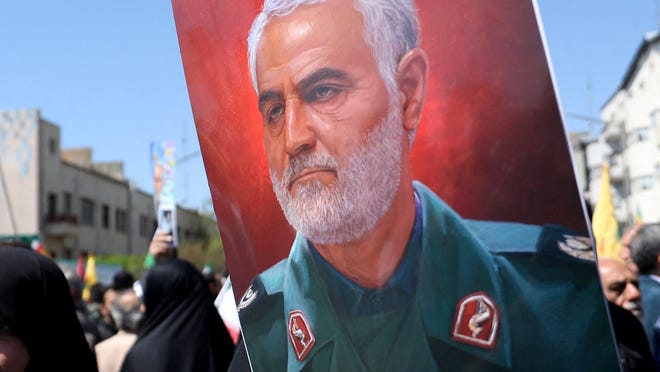
For years, the U.S. intelligence community has maintained consistent assessments regarding Iran’s regional strategy.
In its latest annual report, the Office of the Director of National Intelligence (ODNI) stated that Tehran is expected to continue leveraging its network of affiliated terrorist and militant groups—referred to collectively as the “Axis of Resistance”—to target the United States and Israel.
While some of Iran’s proxy forces have been weakened or eliminated, the ODNI noted that they still pose “a wide range of threats” and could be activated in response to future confrontations.
At the same time, the ODNI concluded that Supreme Leader Ayatollah Ali Khamenei remains intent on avoiding a broader, direct conflict with the U.S. and its allies.
Though Khamenei is seen as cautious rather than impulsive, his public declarations have left him little room to maneuver. He has vowed that Iran will not yield to U.S. pressure, and on June 18, he warned Washington that any military action against Iran in the context of the Israel conflict would bring “irreparable damage.
Iran’s capacity to respond has been significantly weakened — but to what extent remains uncertain. In recent years, U.S. and Israeli strikes have dealt serious blows to Iran’s military leadership and regional proxies. This trend began with the Trump administration’s targeted killing of General Qassem Soleimani.
Soleimani’s assassination sparked “real and specific threats,” including alleged assassination plots against former President Trump and key members of his administration, such as John Bolton, on U.S. soil.
READ ALSO…...Israel-Iran Conflict Escalates: 3 Missile Strikes Exchanged After Tehran Rejects Nuclear Talks
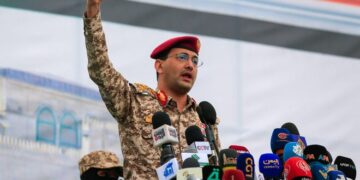














 Categories
Categories
